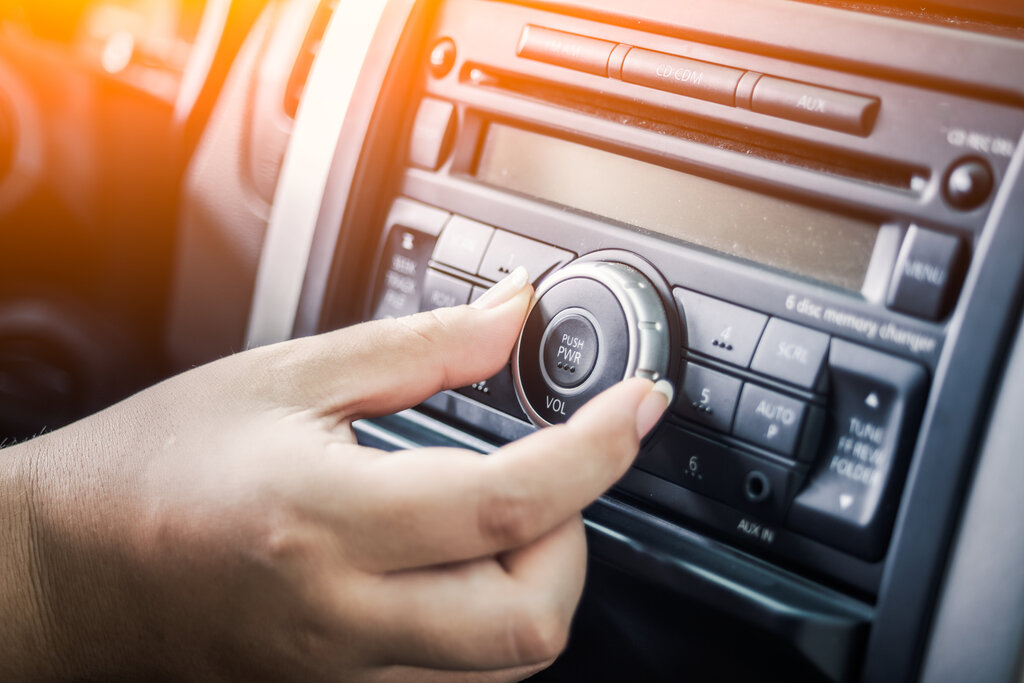Tune In
Can Radio Stay Relevant?
Radio was once a premier source of information and entertainment. Starting in 1920 with the world’s first commercial radio station in Pittsburgh, the medium grew to more than 44,000 stations worldwide 100 years later and reached 70% of the world’s population by 2016, according to the United Nations. “From its conception, radio has had a […]
